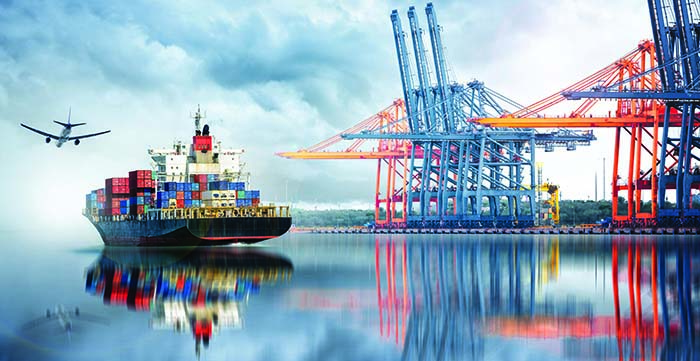Global meat producers face a leadership test as the disruptions affecting food markets pose challenges but also bring opportunities to drive long-term growth, according to Rabobank’s latest annual Global Animal Protein Outlook.
The research predicted that pork production will keep growing in 2022, but after strong growth in 2021, the outlook is for more modest expansion. . Pork production are expected to continue to recover in 2022, subject to various uncertainties, keeping prices volatile, with imports predicted to decline further in the first half of 2022 before picking up in H2.
North American pork production is expected to see a 0.8% increase in 2022 versus year-ago levels, as a 1.4% drop in the first half of 2022 US production is expected to be offset by a stronger back-half and a recovery in Mexico and Canada. US pork prices are expected to remain strong on limited growth in production but will trend lower as domestic consumption normalizes.
The decline in Europe’s pork exports in the second half 2021 created an oversupply situation in domestic markets, leading to a sharp decline in pig prices. Rabobank has predicted the pork market will gradually rebalance in 2022, with production contracting by at least 0.5%. Pig prices are expected to remain pressured for much of 2022, as EU27+UK pork exports will likely decline on lower shipments to China.
ASF continues to affect China’s pork industry, particularly among smaller producers, although improved biosecurity has been helping larger producers to limit disease outbreaks. Rabobank says the impact will decline in 2022 but will not disappear. China’s gerd recovery, particularly the sow herd, proceeded well in 2021, paving the way for further recovery in 2022. However, the weak performance in the second hal of 2021 due to Covid-related lockdowns, will slow restocking and recovery, as many small producers liquidated their herds.
The report, which which analyses meat and seafoods markets around the world, predicted that although the disruption that has permeated sectors throughout 2021 will persist next year, progressive animal protein businesses can turn the changes within the market into an opportunity for growth.
“Those that show agility and resilience in embracing a rapidly evolving global market will be best placed to make the most of the opportunities for growth that will be presented to them, said Justin Sherrard, global strategist for animal protein at Rabobank.
“This won’t be easy. Shifting consumer tastes and channels, biosecurity issues and Covid-19 disruption are hurdles meat producers need to clear. But those that show the ability to do so will emerge as the real winners in 2022.”
Mr Sherrard added: “With economies reopening it would be natural to conclude that trade will recover in tandem, but our research shows a mixed picture. The main feature of global trade will be the ongoing decline in China’s pork imports in 2022, which will exacerbate the over-supply situation in Europe. Beef trade should remain active and poultry trade should increase, pending resolution of temporary, biosecurity-related barriers. The boom in trade should come from shrimp and salmon, as exporters respond to demand recovery in many markets.”




